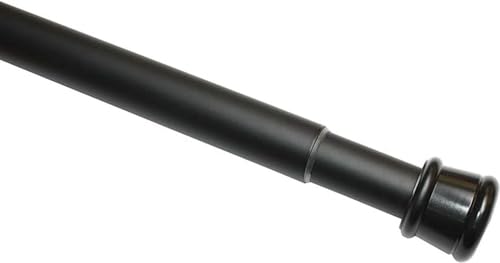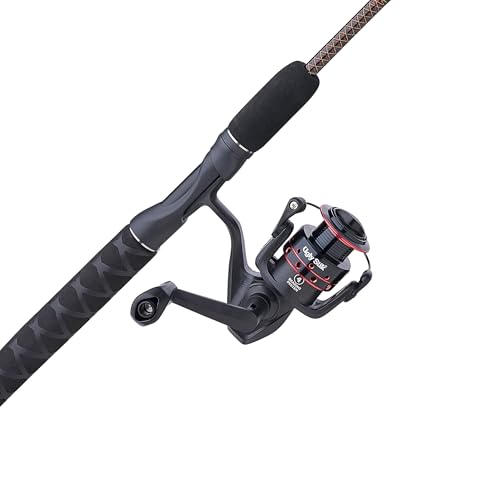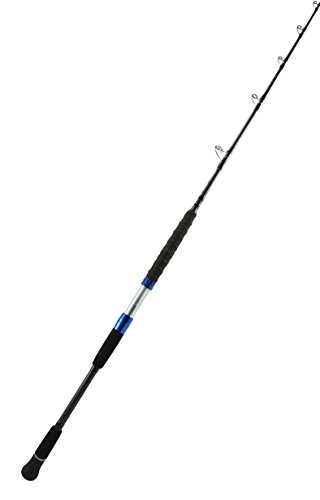Yes, you can ask the landlord to remove the furniture. When renting a property, it is not uncommon for landlords to provide furniture for tenants.
However, if you have your own furniture or simply prefer an empty space, you have the right to ask the landlord to remove the existing furniture. It’s important to communicate your preferences clearly and respectfully and to negotiate any potential changes to the terms of your rental agreement before making any decisions.
Understanding The Landlord’s Responsibility
Renting a furnished apartment can be a convenient option, especially for those who are just starting out or don’t want the hassle of buying new furniture. However, there may come a time when you find yourself wanting to bring in your own furniture or changing the existing setup. But before you do, it’s crucial to understand the responsibilities of your landlord when it comes to providing and removing furniture.
The Landlord’s Obligation To Provide Furniture
In most rental agreements, landlords are obligated to provide a certain level of furnishing for their tenants. This typically includes essentials like a bed, sofa, dining table, chairs, and some basic appliances. The level of furnishing can vary from landlord to landlord, so it’s important to carefully review your rental agreement to fully understand what furniture the landlord has committed to providing.
In cases where the rental agreement specifies that the apartment comes fully furnished, you can reasonably expect the landlord to provide everything you need to live comfortably. This may include items like a refrigerator, microwave, television, and necessary kitchenware. The landlord is responsible for ensuring that the provided furniture is in good condition and functioning properly.
Legal Rights Regarding The Removal Of Furniture
As a tenant, you may have the right to make changes to the furnished space, including removing existing furniture. However, it’s important to first consult your rental agreement and local laws to understand the specific terms and conditions that govern such changes.
Some rental agreements may strictly prohibit tenants from altering the furnished setup or removing any furniture without the explicit permission of the landlord. In these cases, it is best to communicate with your landlord and discuss your reasons for wanting to make changes. They may be open to negotiation or willing to make arrangements that suit both parties.
On the other hand, if the rental agreement does not address the issue of removing furniture, you may have more flexibility. However, it’s still good practice to inform your landlord of your intentions and seek their approval, especially if you plan to replace any of the landlord’s property with your own furniture.
Remember, open communication and mutual understanding between tenants and landlords are key to maintaining a positive and harmonious living arrangement. By understanding your landlord’s responsibility to provide furniture and being aware of your legal rights, you can navigate any furniture-related changes with confidence.
Communicating With The Landlord
When it comes to asking your landlord to remove the furniture in your rental property, effective communication is key. Initiating a conversation with your landlord about your desire to remove the existing furniture can help set the stage for a positive outcome. To navigate this process smoothly, it’s essential to explain the reasons for removal and negotiate alternatives that satisfy both parties. Here’s a step-by-step guide on how to communicate with your landlord regarding the removal of furniture.
Initiating A Conversation
Before approaching your landlord, it’s important to plan your conversation and be prepared. Start by gathering your thoughts and considering the best time to approach your landlord for a discussion. Once you’re ready, follow these steps:
- Schedule a meeting: Reach out to your landlord and request a meeting to discuss your concerns about the furniture. Make sure to mention that you would like to find a mutually agreeable solution.
- Be respectful: When meeting with your landlord, ensure you maintain a respectful tone. Express your appreciation for the existing furniture while explaining your reasons for wanting it removed.
- Listen actively: As you explain your concerns to the landlord, be open to their perspective. Actively listen to their thoughts and provide clarification if needed. This approach can help foster a positive and cooperative conversation.
Explaining The Reasons For Removal
When discussing the removal of furniture with your landlord, it’s essential to explain your reasons clearly and concisely. Here’s how:
- Clarity: Clearly articulate your reasons for wanting to remove the furniture, emphasizing that your intention is not to cause inconvenience or disrespect the landlord’s choices.
- Space constraints: If the existing furniture occupies too much space, highlight how removing it would allow you to better utilize the limited area available.
- Personalization: Explain that removing the furniture would enable you to personalize the space, creating an environment that aligns more closely with your personal style and preferences.
- Allergies or health concerns: If you or your family members have allergies or other health-related concerns, emphasize how removing the furniture could contribute to a healthier living environment.
Negotiating Alternatives
While requesting furniture removal, it’s important to offer alternatives that accommodate both your needs and the landlord’s interests. Here are some suggestions:
- Storage: If the landlord is hesitant to remove the furniture permanently, propose the idea of storing it temporarily with clear terms and conditions regarding responsibility, space availability, and any associated costs.
- Replacement: If you are open to maintaining furniture in the rental property but want to replace the existing pieces, discuss the option of finding a suitable replacement that aligns with the landlord’s approval.
- Compromise: Consider meeting halfway by suggesting a compromise that involves removing only certain pieces of furniture, while leaving others as per the landlord’s preference.
Taking Legal Action If Necessary
If necessary, legal action can be taken to request the removal of furniture from the rental property. It is important to communicate with the landlord and follow proper procedures to resolve the issue effectively.
Knowing Your Rights As A Tenant
Before taking legal action against your landlord to remove furniture from your rental property, it’s crucial to understand your rights as a tenant. Familiarize yourself with the laws and regulations that govern tenant-landlord relationships in your local area.
Knowing your rights will help you make an informed decision about the action you can take. Keep in mind that tenant rights can vary from state to state, and even within different cities or counties. Therefore, it’s essential to research and consult reliable sources specifically tailored to your location.
Consulting Local Tenant-landlord Laws
Consulting local laws is an essential step in understanding your rights as a tenant and the potential legal recourse you can take against your landlord. Start by researching local statutes and regulations relating to residential tenancies.
You can often find this information on your city or state’s official government websites, or you might want to seek legal advice from a professional specializing in landlord-tenant law. They can provide you with accurate guidance based on your specific circumstances.
Filing A Formal Complaint Or Seeking Legal Advice
If you determine that your rights as a tenant are being violated and your landlord refuses to remove the furniture from your rental property, you can consider filing a formal complaint or seeking legal advice.
A formal complaint can be filed with the appropriate local government agency responsible for overseeing landlord-tenant issues. Provide all relevant details, including your lease agreement, communication with your landlord, and any evidence supporting your claim.
If the situation escalates or becomes complex, it’s advisable to consult an attorney specializing in landlord-tenant law. They can guide you through the legal process, evaluate your case, and provide comprehensive legal advice tailored to your specific situation.
Remember, taking legal action should always be a last resort. It’s typically best to try and resolve issues amicably with your landlord before pursuing legal avenues. However, if all other options have been exhausted, seeking legal advice or filing a formal complaint can help protect your rights as a tenant.
Frequently Asked Questions Of Can You Ask The Landlord To Remove The Furniture
What Landlords Cannot Do In Texas?
Landlords in Texas cannot discriminate based on factors like race, religion, or disability (fair housing laws). They cannot retaliate against tenants who exercise their legal rights. They must ensure habitable conditions, including functioning utilities. Landlords are required to provide proper notice before entering the rental property.
Lastly, they cannot evict tenants without following proper legal procedures.
How Long Can Someone Leave Their Belongings On Your Property In Texas?
Belongings left on your property in Texas can be removed by the property owner after giving a written notice.
What Is Considered Abandonment Of A Rental Property In Texas?
Abandonment of a rental property in Texas happens when a tenant leaves without notice or stops paying rent for an extended period. It is crucial to consult local laws and the lease agreement for specific requirements and procedures.
Can You Leave Stuff In An Apartment When You Move Out Reddit?
Yes, you can leave stuff in an apartment when you move out. However, it’s important to check your lease agreement and communicate with your landlord to ensure there are no issues. Make sure to clean the apartment and remove any personal belongings that could pose a problem for the next tenant.
Can You Negotiate With The Landlord To Remove The Furniture?
Yes, you can negotiate with the landlord to remove the furniture if you have a valid reason and are willing to find a mutually beneficial solution.
Conclusion
Ultimately, the decision to ask your landlord to remove the furniture is a personal one. Remember to carefully review your lease agreement and familiarize yourself with your rights as a tenant. If the furniture is causing unnecessary clutter or hindering your ability to fully utilize the space, it may be worth discussing with your landlord.
Open communication and a respectful approach are key to reaching a mutually beneficial solution.
I am a full service Real Estate Professional in Brevard, FL, that takes my clients & career very
seriously.



Leave a Reply